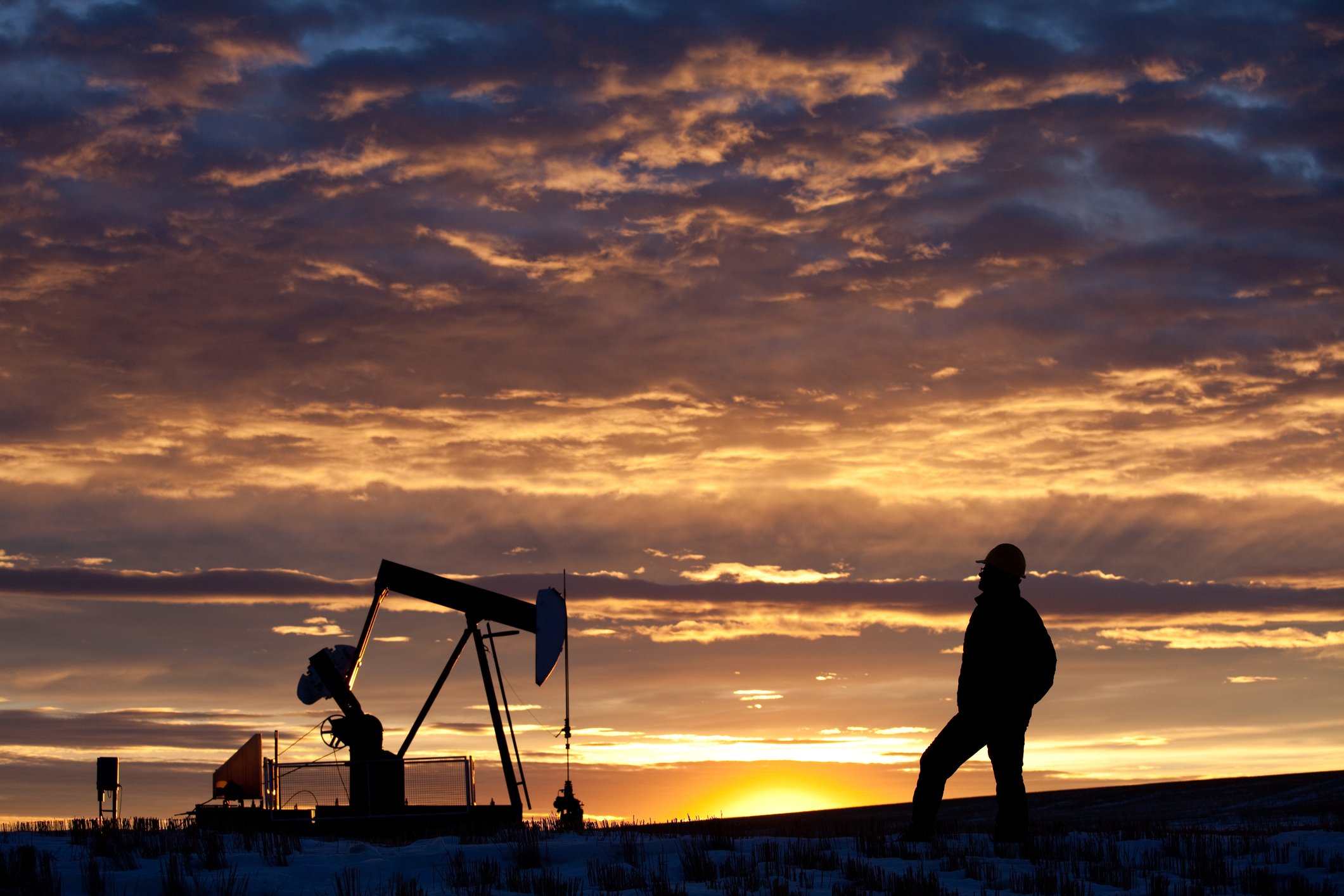Just three short years ago many feared that we'd never drill another deepwater oil well into the Gulf of Mexico. At that time BP's (BP 4.87%) Macondo well was still spewing oil into the Gulf with no end in sight. The disaster, which left 11 dead, has cost BP more than $30 billion in fines, settlements and cleanup costs.
It left many wondering if the Gulf Coast would ever recover. Not only that, but the drilling moratorium had many questioning if the industry would ever come back as over these past three years oil production coming out of the Gulf has been in a steady state of decline. However, that trend not only appears to be reversing but it looks like the Gulf's best days still lie ahead. See for yourself in the chart below:

Source: Enterprise Products Partner's Investor Presentation
The high estimate has oil production in the Gulf growing by over a million barrels of oil per day by the end of the current decade. Few believe that this boost, when combined with production growth elsewhere, will be enough to totally end our addiction to foreign oil. Yet, it might help us to cut out some sources of oil.
For instance, last March we imported roughly a million barrels of oil per day from Saudi Arabia. When you add up the projected growth of oil production in the Gulf it does provide some hope that we really could supply enough oil on our own to cut out that key supplier. Still, with one-fifth of the world's reserves, Saudi Arabia will continue to be a dominant force in the world oil market.
That being said, we can lessen its dominance on our oil needs, especially as the Western Hemisphere produces more oil. This is where there is really good news, next to Saudi, the top two countries in terms of oil reserves are right in our own backyard. The numbers speak for themselves: Canada has the world's third-largest reserves behind the Saudis, with Venezuela in between the two. Canada will continue to play a vital role in this effort as most of Canadian oil makes its way to our refineries. Further, when you look at the fact that we're driving less, and combine that with an increased use of fuel-efficient cars, we might not need as much oil in the future.
These factors, along with the amazing growth in the Eagle Ford and Bakken are part of the equation to lessen the need for Saudi oil. The Gulf needs to come back and hit those high forecasts to take our dreams to the next level. The industry has a lot of work to do and there has been many changes since the Deepwater Horizon incident. Until recently, BP had been the king of Gulf oil production, but it has had to shed assets in order to pay for cleanup costs. This has enabled Royal Dutch Shell (NYSE: RDS-A) to ascend to the top production spot.
However, BP is planning a comeback in the Gulf in a big way as it plans to spend $4 billion annually over the next decade to grow its production in the Gulf. It's not alone as the Gulf is also starting to draw in some new players that are starting to make quite a splash. For example, earlier this year ConocoPhillips (COP 2.11%) announced two significant deepwater discoveries in the Gulf. These discoveries are likely the first of many for the company as it has been quietly building up its net acreage in the Gulf over the past few years. In fact, the company has more than doubled its acreage over the past two years, and it recently was the high bidder on 30 more blocks of Gulf acreage. As ConocoPhillip and other peers develop this recently acquired acreage, we could see production estimates for the region head even higher.
Overall, activity is really starting to pick up in the Gulf. There are currently 50 deepwater rigs active in the Gulf which is already higher than the 44 that were operating pre-Macondo. The industry has another nine rigs heading to the Gulf by the end of next year. Shell is currently leading the way with seven deepwater rigs under contract and BP isn't that far behind at six.
Chevron (CVX 4.46%) and Anadarko (APC +0.00%), which have five and four rigs under contract, respectively, are two other important companies to watch in the Gulf. Each is partnered with ConocoPhillips on one of its recent significant discoveries. These discoveries, Coronado and Shenandoah, are significant for more than just the sheer size of the economically viable oil. Both were made in the challenging Lower Tertiary of the Gulf, which required deep wells to be drilled into high pressure, high temperature, and dense sub-surface salt conditions. What these discoveries do is confirm the presence of significant oil deposits in these formations which gives hope that there are more oil discoveries yet to come.
We might never produce enough oil to lessen our dependence on foreign oil, let alone the million barrels a day we import from Saudi Arabia. However, oil production out of the Gulf of Mexico appears to be heading much higher over the course of this decade. It's another positive step for our country to at least be on a more stable foundation instead of depending on what's been shifting sand for the last few decades.








